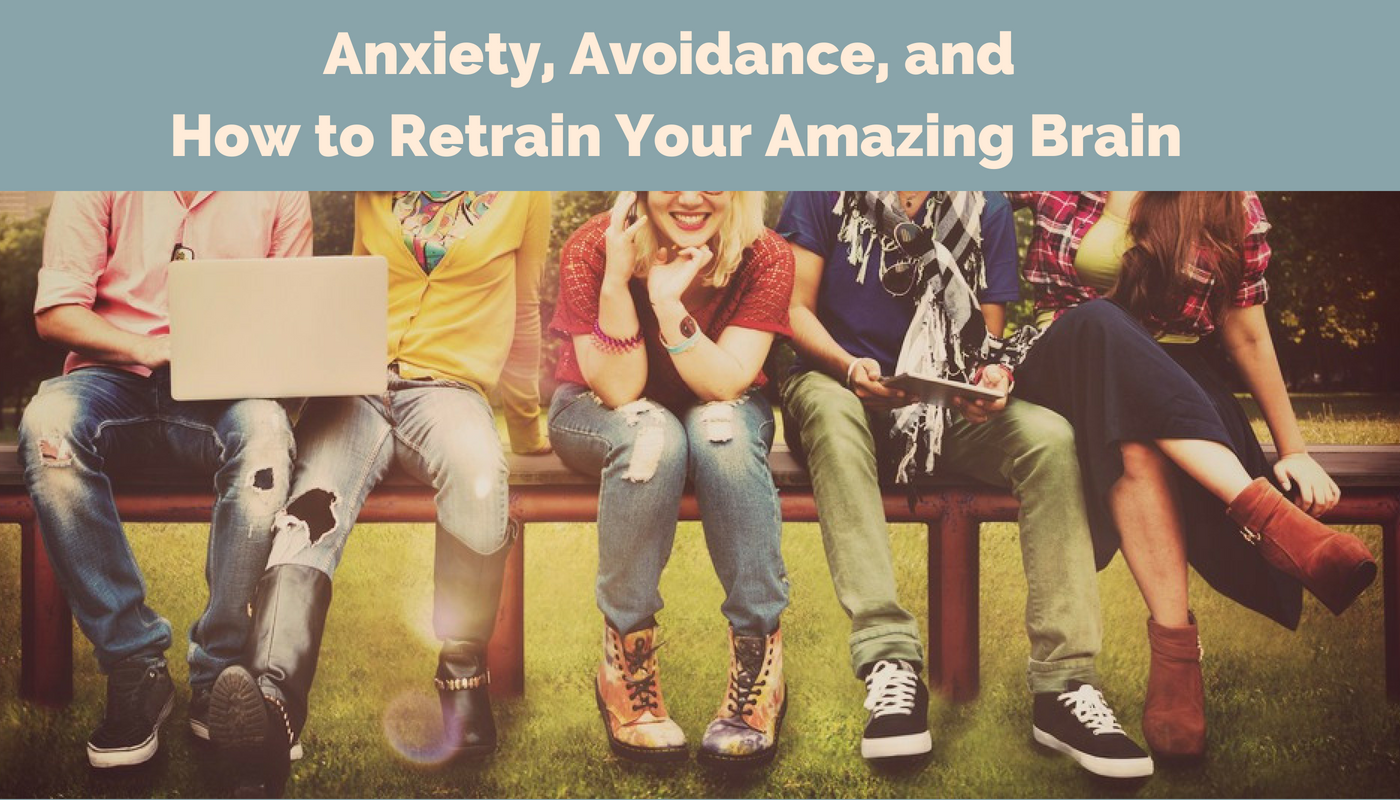Anxiety happens in all of us from time to time. It’s a really normal, healthy response that’s designed to keep us safe. Anxiety comes from a brain that thinks there might be trouble ahead, and gets us ready to physically deal with the threat through flight or fight. (And humiliation, embarrassment, separation from a loved one, missing out, not being able to do something you want to do can all count as threats.) This can create a really strong drive to avoid whatever it is that triggers anxiety. Sometimes that avoidance will make sense, but sometimes it can actually drive us to avoid things that would actually be really good for us. The good news is that there is a way around this.
The brain learns through experience. The more you avoid something, the more you’re teaching you’re teaching your brain that the only way to feel safe is to avoid that situation – but, the more you do something brave, the more you’re teaching your brain that even though you fee anxious, you’re okay. The way to re-teach your brain to push through anxiety is with something called a stepladder. The idea is that you step gradually through increasingly anxiety-inducing experiences until you are able to do whatever it is that you’ve been avoiding.
For example, let’s say social situations trigger anxiety for you. Develop a stepladder starting with a social situation that gives you a little bit of anxiety, and slowly and gently working through steps that increase in difficultly. You might start your stepladder with going out with your family to an unfamiliar place. This might give you a little bit of anxiety, but it’s manageable. Do that a few times until you start to feel that you can handle that. Then move to the next step in the ladder. This might be going somewhere familiar with one friend. Then next step might be going somewhere unfamiliar with a couple of friends. The steps are completely up to you. Do each step as many times as it takes for you to feel okay. If a step feels as though it’s supercharging your anxiety, it’s often a sign that there is too much of a distance between the steps. Just drop back to something that feels a little safer until you’re ready to move up to the next step.
Every time you do a step, you’re teaching your brain that even though you feel anxious, you’re safe. There is no hurry to get through any of the steps, so you might stay on a certain step for weeks or months, and that’s okay. Take as long as you need until you’re ready to move to the next step. By gradually exposing yourself to these situations , you can actually re-teach your brain that you’re safe, that you’ve got this, and that there’s no need for you to avoid the situations that trigger your anxiety. Be patient, and be gentle with the steps, and you will surprise yourself with what you can do.


Leave a Reply